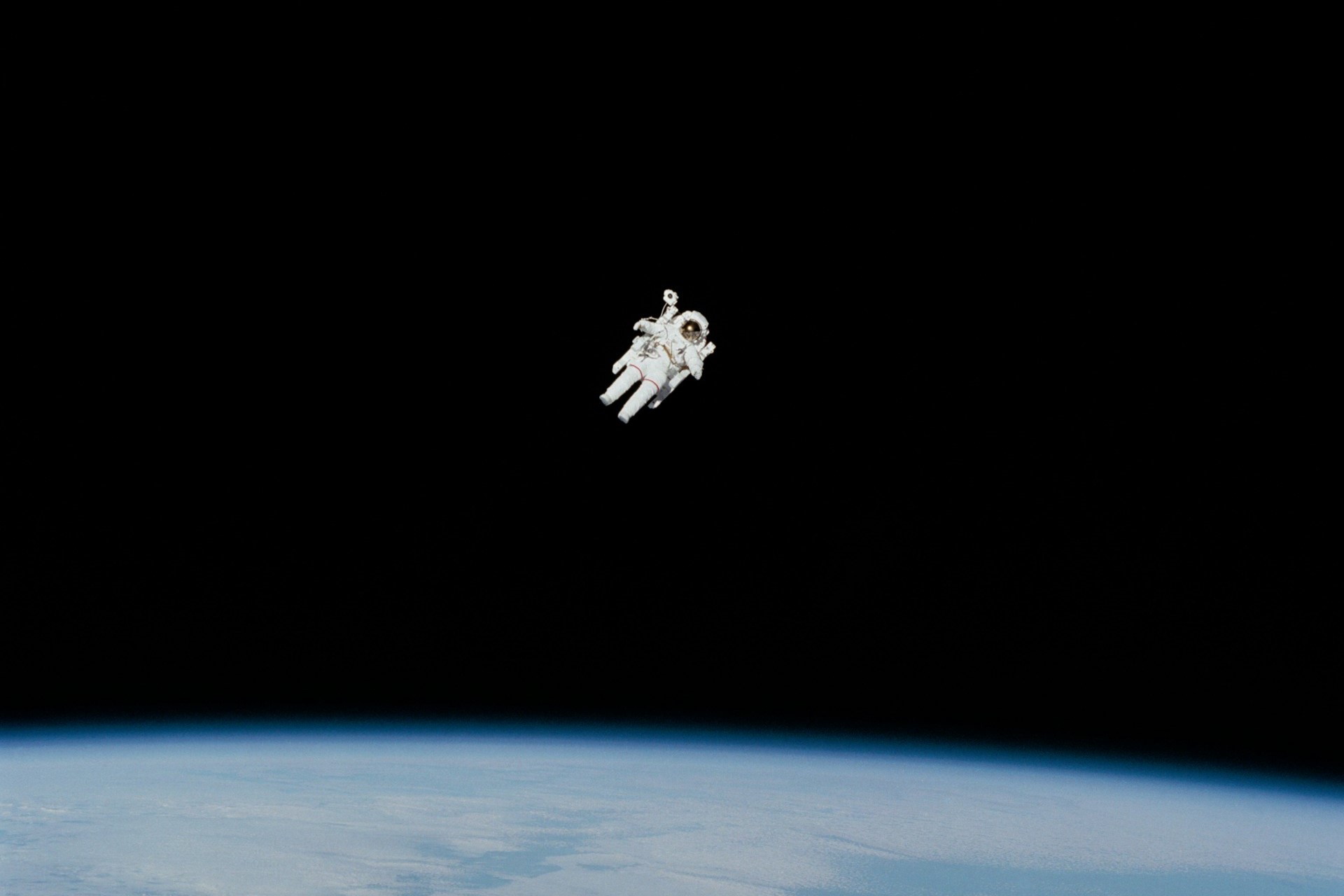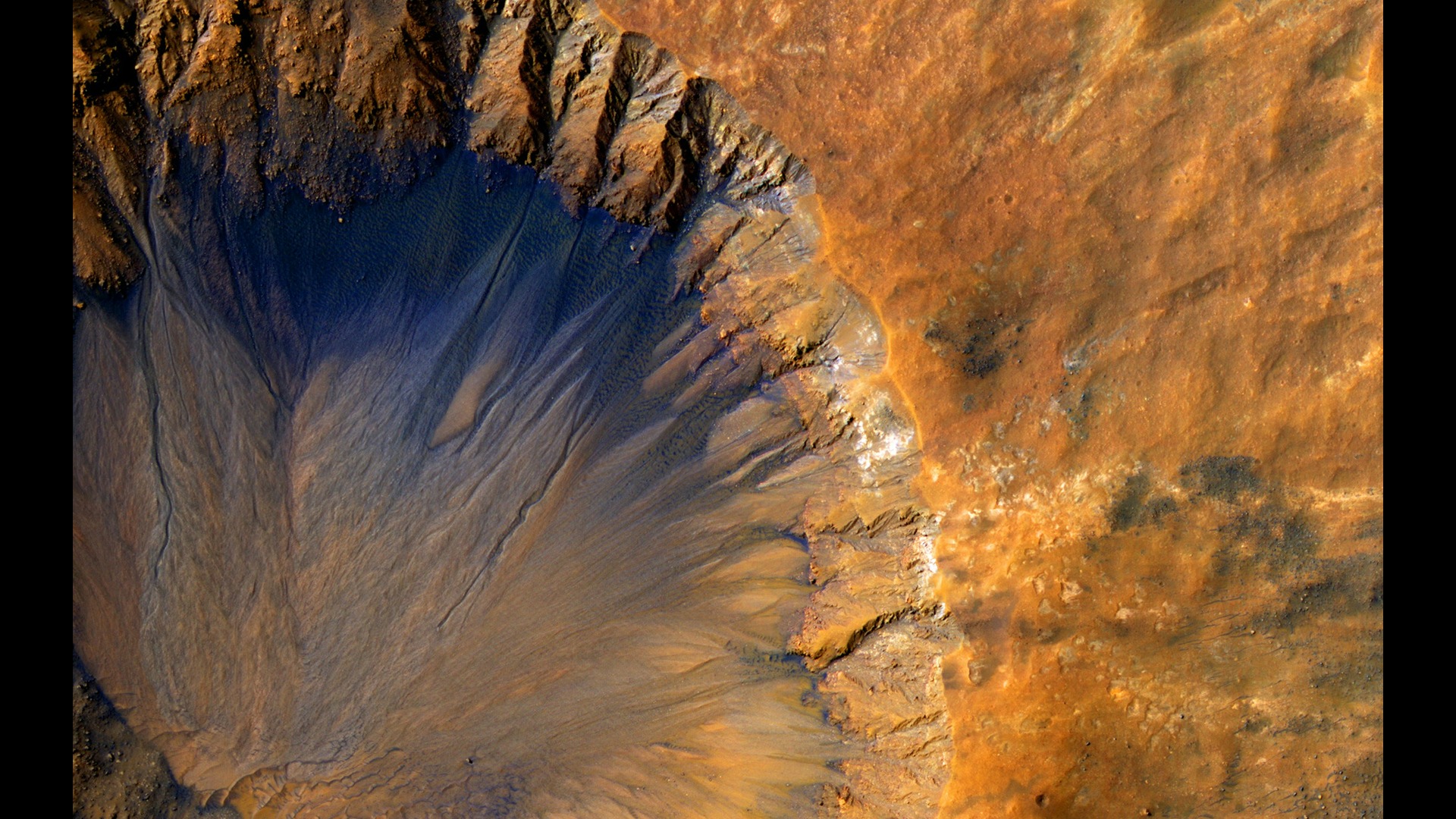
What Does Space Weather Look Like in a Vacuum?
March 19, 2019 - Emily Newton
Revolutionized is reader-supported. When you buy through links on our site, we may earn an affiliate commission. Learn more here.
Most of us know what the weather looks like — all we have to do is stick our head out of the window to see whether it’s rainy, sunny, snowy or windy. You can even set up a handy rock to tell you what the weather looks like outside. Our weather systems are dependent on one thing — our atmosphere. But did you know that the atmosphere isn’t necessary for weather systems to form? There are weather systems in space, too! Let’s take a closer look at space weather, space weather “forecasts” and what forms weather takes in a vacuum.
Earth’s Shield: The Magnetosphere
Before we start looking out into space, we need to take a closer look at our home planet and the shield that protects our fragile ecosystems from the unpredictable and often volatile weather that takes place outside of our atmosphere.
That shield is the planet’s magnetosphere. This field exists outside of our atmosphere and is the result of our planet’s magnetic field interacting with solar winds coming from our home star. Without the magnetosphere, Earth would be cooked — quite literally — by solar radiation and other particles coming from outside of our solar system. This barrier is the only thing that makes our home planet capable of supporting life.
Space Weather on Earth
We can see the impact of space weather from the ground and often with the naked eye. Have you ever seen the Aurora Borealis, AKA the northern lights? If so, you’ve witnessed space weather.
Charged particles are ejected from the sun at near the speed of light. They interact with the energized particles in the planet’s magnetosphere, creating the stunningly beautiful light shows that can be viewed close to the planet’s poles.
The Sun: The Source of Local Space Weather
Our yellow star keeps the earth warm and makes it possible for it to support life. It gives us unusual eclipses and the occasional sunburn. It is also the source of all the space weather in our local galactic area.
The sun is a scaled-up version of the explosions in your car’s engine that make it move forward. But instead of burning gasoline, the sun burns hydrogen and helium. These explosive reactions sometimes generate solar flares, force large amounts of material out of the surface of the star, or fire energetic particles out into the cosmos.
These events are the cause of space weather.
Solar Flares
NASA defines a solar flare as a “sudden, rapid and intense variation in brightness.” We’ve been observing solar flares since the middle of the 1800s.
One solar flare can release as much energy as a 100-megaton hydrogen bomb. We can predict when solar flares will occur, and this space weather forecast can let us know when we should go check out those northern lights.
A solar flare occurs in three stages. The first, or “precursor” stage, is when the star begins releasing magnetic energy. We can pick up an increase in radio waves, x-rays and gamma rays coming from the sun. An increase in these energy waves marks the second, or “impulsive” stage.
The third stage, the “decay” stage, is characterized by a reduction in x-ray strength. A solar flare can be as short as a few seconds or last as long as an hour.
Coronal Mass Ejections
We’ve already mentioned that the sun is just the internal combustion engine for our solar system. Sometimes, those explosions become too big to contain. When that happens, we get what is known as a coronal mass ejection (CME). This is a massive eruption of superheated plasma and energy that is shot out into space.
These happen more often than you might think, but they aren’t visible to the naked eye. You can’t even see them with a telescope unless the lens has a small disc that blocks out the sun. These ejections release massive amounts of energy as well as tons of energetic solar particles. They’re responsible for most of the planet’s geomagnetic storms.
Geomagnetic storms are another type of space weather that affects us here on planet earth. Coronal mass ejections disturb Earth’s magnetosphere, shaking the shield that protects us from solar winds and other nastiness. For a day or two after a massive CME, the magnetosphere has to work harder to dissipate all the extra energy it absorbed, resulting in magnetic disturbances and problems with electronics. Your cell phone might not work as well after a CME hits the magnetosphere.
Solar Energetic Particles
Solar energetic particles are primarily made up of particles that are ejected by the sun. They’ll have some gamma rays, but they mostly contain helium and oxygen ions as well as some spaceborne particles that they’ve swept up along the way. Sometimes called “solar winds,” these particles can affect systems both here and in orbit on the International Space Station.
These energetic particles have featured in a lot of science fiction stories as a way to move fictional spacecraft across the cosmos. Large “sails” can be expanded to capture these solar winds, using the power of solar energetic particles to drive them through the void. Currently, we don’t have any technology that could catch solar winds to use them for propulsion, but it might become an option in the future as technology continues to advance.
Outside Our Solar System
Space weather in our home system is caused by changes in our yellow sun. But what about other solar systems?
The prevailing theory right now is that each system has its own form of space weather, but that it might not match ours because the energy released by each star is as unique as a human fingerprint.
Closing Thoughts
Forecasting space weather is more important for us here on earth than you might think. The energy and particles released by our home star change everything from the sky on clear nights near the polar regions to the accuracy of our electronic devices. The next time you see the northern lights or look up at the sun, think about those particles and how they change the world around us.
Revolutionized is reader-supported. When you buy through links on our site, we may earn an affiliate commission. Learn more here.
Author
Emily Newton
Emily Newton is a technology and industrial journalist and the Editor in Chief of Revolutionized. She manages the sites publishing schedule, SEO optimization and content strategy. Emily enjoys writing and researching articles about how technology is changing every industry. When she isn't working, Emily enjoys playing video games or curling up with a good book.







